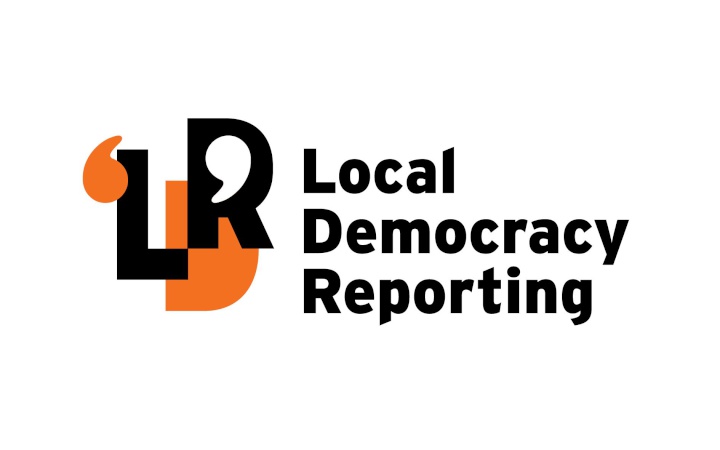West Coast District councils are preparing to join forces to manage water services.
Under the Government’s ‘Local Water Done Well’ reforms, councils must either set up their own units to run drinking water and sewerage systems or form a combined entity with neighbouring districts.
Buller mayor Jamie Cleine says his council has had talks with both Tasman and Marlborough but at this stage, those councils are leaning towards separate internal business units.
“They see some merit in joining up into a bigger unit eventually, and they’ve left the door open for Buller, but at this point the three West Coast councils are pretty much aligned,” Mr Cleine said.
Talks between Grey and Westland were more advanced, Mr Cleine said, but all three councils were effectively on the same page.
Buller would begin consultation on the joint option this month, the mayor said.
“We’ve made good progress. We’ll see what the community wants us to do, but at governance level we’ve arrived at the same point, in regard to the benefits and risks of a shared unit versus going it alone. “
The new water business unit would be a multi -council CCO [council-controlled organisation], owned by all three councils Mr Cleine said.
“Obviously the West Coast councils will have to make a final decision on this - it may be that community feedback will steer us in a different direction, but we can see a clear advantage to it. ”
The costs and debt of water systems in each district would be ring-fenced within the regional CCO, with no one council cross-subsidising another, Mr Cleine said.
"Each of us has infrastructure work to do and we would not all be paying the same amount for water services, though that could change down the track when all our networks have been upgraded and everyone’s getting the same standard of service."
The CCO would take on each council’s current sewerage and drinking water assets and debt and would be able to borrow from the Local Government Funding Agency to upgrade them at a cheaper rate than a council going it alone, Mr Cleine said.
“That’s the purpose of the whole legislation nationwide: to enable further borrowing and whether you agree with that or not, that is absolutely the intent of Local Water Done Well.”
The lower interest rate available to joint CCOs was a ‘carrot’ or incentive for councils to combine their water services, Mr Cleine said.
“But there’s a bit of a stick there as well: we have to increase our borrowing and get our infrastructure up to standard at a faster pace than what any council was proposing to do."
A council going it alone would have to meet all the same Government water standards and obligations but would not be able to borrow as much, and would pay a higher interest rate, he said.
It would also have to meet the expectations of the Commerce Commission.
“So if you had an internal business unit, the Commerce Commission would come and do an added audit of your council to make sure you deliver water services in the most commercially efficient manner. “
A combined, independent water CCO could borrow up to 400 percent of its asset value, giving more headroom for intergenerational investment and payback over a longer period.
In Buller's case the required work would include separating sewage from stormwater flowing into the Buller River in heavy rain, and upgrading water storage and home filter systems for small rural water supplies.
“We don’t have a choice not to upgrade our water systems, the Government requires it and we either go it alone and pay more or do it together and pay less,” Mr Cleine said.
Consultation documents to be released in mid-May would explain the options, hopefully in plain English, Mr Cleine said.
“In terms of where we’re at with a three-council CCO, West Coast councils are looking good at the staff and political level - the next phase will be hearing from our communities.”
LDR is local body journalism co-funded by RNZ and NZ On Air.



 Gordon Campbell: On Our Austerity Fixation And Canada Staying Centre-left
Gordon Campbell: On Our Austerity Fixation And Canada Staying Centre-left Te Pāti Māori: Keep The Window Open- UCOL Must Stay
Te Pāti Māori: Keep The Window Open- UCOL Must Stay Unions Otago: May Day Workers' Hui
Unions Otago: May Day Workers' Hui People Against Prisons Aotearoa: Voting Ban “Undermines Democratic Principles” Says Justice Group
People Against Prisons Aotearoa: Voting Ban “Undermines Democratic Principles” Says Justice Group Taxpayers' Union: Nationwide Hīkoi Calling For Balanced Budgets
Taxpayers' Union: Nationwide Hīkoi Calling For Balanced Budgets Greenpeace: Luxon’s War On Nature Opens Gate For More Dairy Conversion
Greenpeace: Luxon’s War On Nature Opens Gate For More Dairy Conversion NZ Labour Party: Consenting Change Opens Door For Cowboys
NZ Labour Party: Consenting Change Opens Door For Cowboys


